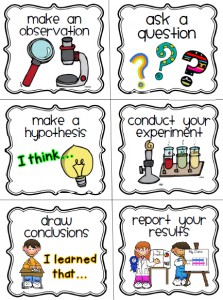 This week I gave notice that I would be terminating my employment at Promega. This was a very difficult decision as I have really enjoyed the past six years here. While I am leaving Biotech, I will not be leaving science all together. Over the past few years, I have used my research, analytical, and organizational skills to assist various non-profit organizations in the community. My primary focus will be on reform of the criminal justice system and racial disparities. Spreading the word about this decision has resulted in a number of responses (overwhelmingly positive) including the comment that I am going soft! This got me thinking about where the terms hard and soft science came from. Continue reading “She’s Going Soft! – A commentary on “hard” and “soft” sciences”
This week I gave notice that I would be terminating my employment at Promega. This was a very difficult decision as I have really enjoyed the past six years here. While I am leaving Biotech, I will not be leaving science all together. Over the past few years, I have used my research, analytical, and organizational skills to assist various non-profit organizations in the community. My primary focus will be on reform of the criminal justice system and racial disparities. Spreading the word about this decision has resulted in a number of responses (overwhelmingly positive) including the comment that I am going soft! This got me thinking about where the terms hard and soft science came from. Continue reading “She’s Going Soft! – A commentary on “hard” and “soft” sciences”
Author: Karen Reece
What are you so worried about?

The world we live in is increasingly high-paced and demanding of time and attention. Cell phones and social media keep us constantly stimulated. This kind of environment can lead to stress. Stress is a normal reaction to high-pressure situations and can be a healthy mechanism to help us increase performance for a short period of time.
While stress is a response to a specific situation, anxiety is a feeling of uneasiness that may not trace back to an identifiable source. Anxiety is a perfectly normal feeling to have once in a while, especially during or just before or after periods of prolonged stress. This feeling can be beneficial in some cases by creating a heightened awareness and preparing us for what is to come.
Continue reading “What are you so worried about?”5 Signs You’re Ready to Earn that Ph.D.
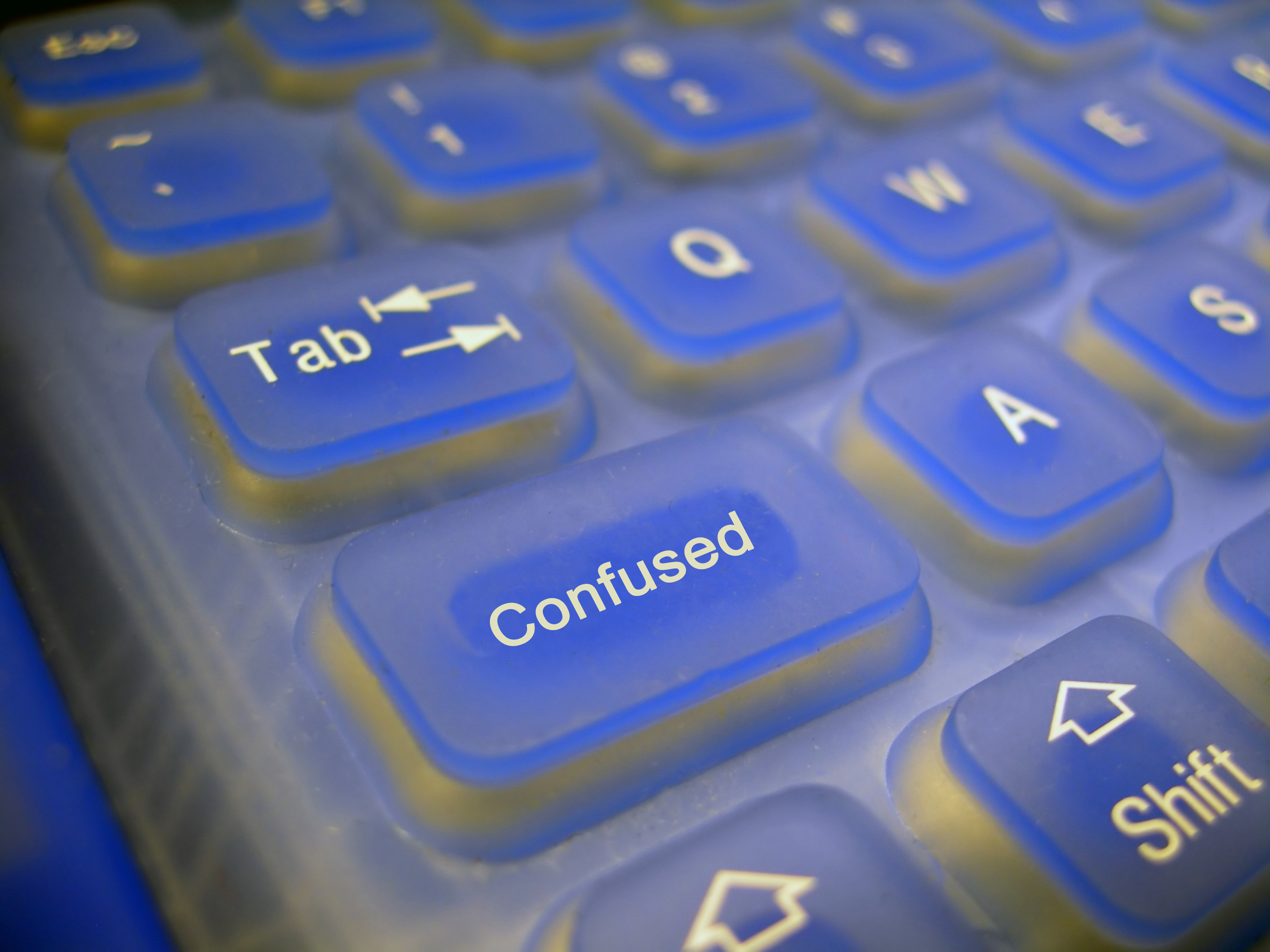 5. No one in your family bothers to ask you what you’re studying anymore.
5. No one in your family bothers to ask you what you’re studying anymore.
The longer you spend in a Ph.D. program the more opportunities your family has to ask you what you’re doing in school. No doubt, you’ve spent the first couple years of graduate school going to family functions and trying to explain to your grandma what a molecule is. She will eventually come up with an explanation of what you are doing that she can share with her friends. Her description of your work may or may not be correct, but she’s not going to bother trying to understand it anymore. “Good for your honey, you’re so smart!”
4. Your former life as a bartender or grocery store clerk starts to sound really appealing. Continue reading “5 Signs You’re Ready to Earn that Ph.D.”
5 Signs/Symptoms of Science Hoarding
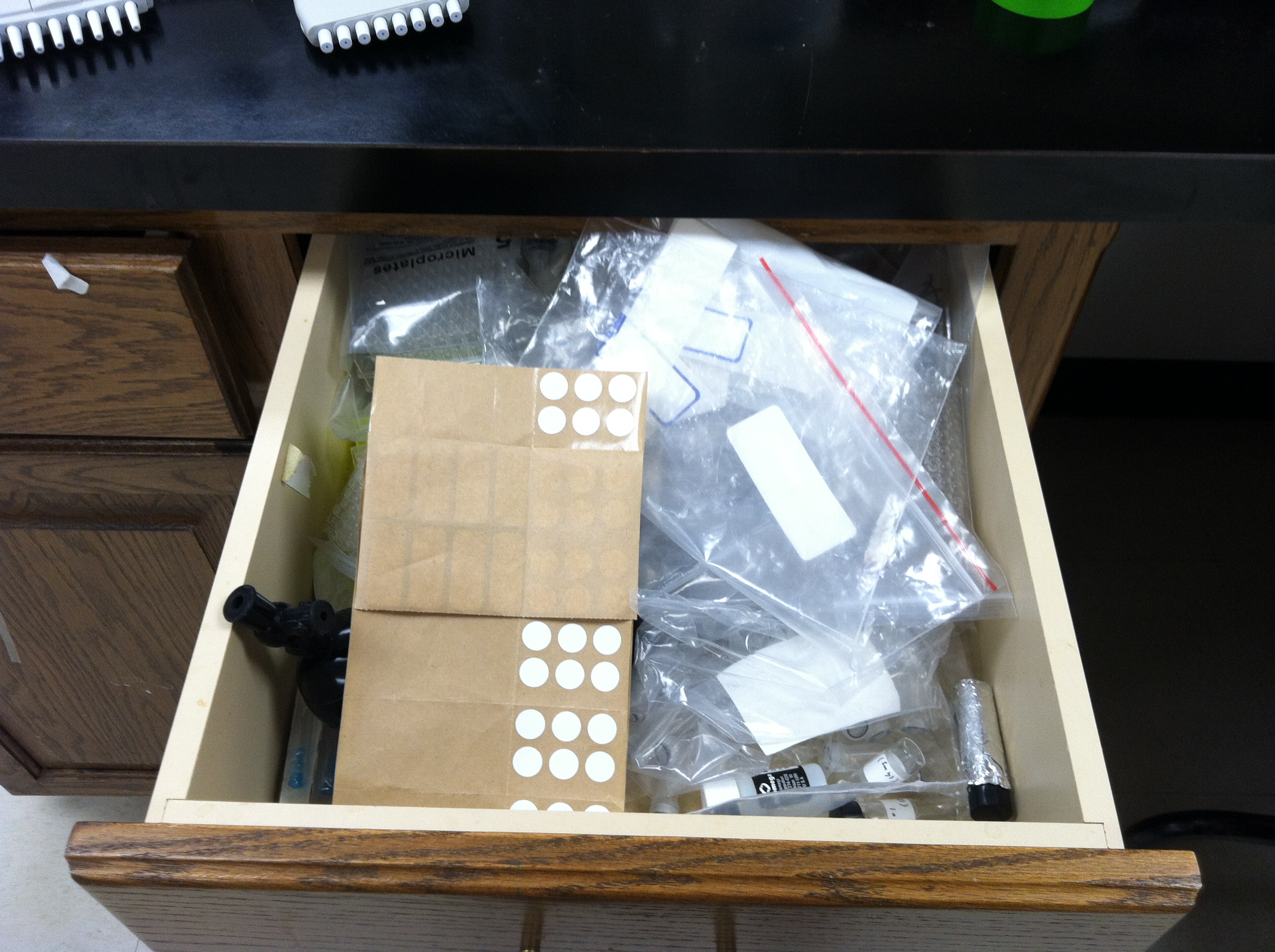
Note: Compulsive hoarding is a very serious mental health condition that we have seen exploited, in recent years, on reality TV. I don’t mean to make light of that condition, but I do want to have a little fun here.
If you have ever walked through a research lab you have probably seen most of these symptoms piled on lab benches and consuming storage space.
- Your lab bench is 10 feet long, but you only have two feet of work space. You have every possible reagent or kit out on your bench, including solutions you used five projects ago. All of these items must be out on your bench (instead of in cabinets and drawers) so you can see them and access them instantly when inspiration strikes. Besides, they wouldn’t fit in the cabinets even if you tried to put them there.
Cholesterol Management and the Importance of Diversity in Clinical Trials
According to the National Heart, Lung and Blood Institute (1), 50% of women in the US have high or border line cholesterol levels and cholesterol level tends to increase as we age. Most of you are probably aware that cholesterol levels are important for health. Cholesterol is a waxy, sticky molecule that is a very important part of your cellular make up, so cholesterol is essential for life. However, if we have too much cholesterol circulating in our blood, it can build up along artery walls and create blockages (plaques) leading to heart attacks or strokes.
Continue reading “Cholesterol Management and the Importance of Diversity in Clinical Trials”The Ocular Mood Ring
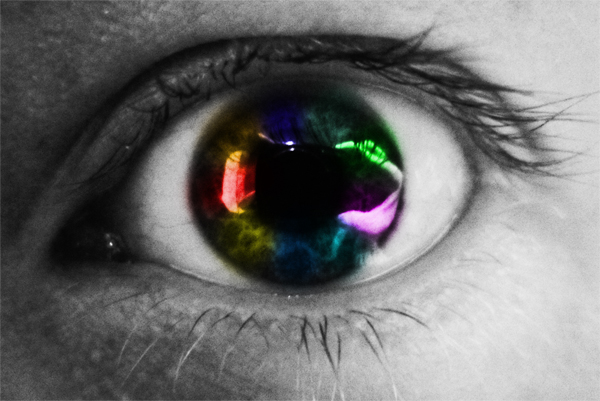 I asked my Facebook friends what my blog post should cover today. They gave me a list of very creative subjects that I will try to cover in the coming months. The winning suggestion for today is “why do my eyes change color depending on my mood?” In a simple Google search, it is apparent that many people have witnessed the phenomenon of their eyes changing color depending on their moods.There seem to be many explanations for this from light scattering to hormonal influences to psychic powers. What’s the real story? To get to the bottom of this, let’s take a closer look at how eye color is determined in the first place. Continue reading “The Ocular Mood Ring”
I asked my Facebook friends what my blog post should cover today. They gave me a list of very creative subjects that I will try to cover in the coming months. The winning suggestion for today is “why do my eyes change color depending on my mood?” In a simple Google search, it is apparent that many people have witnessed the phenomenon of their eyes changing color depending on their moods.There seem to be many explanations for this from light scattering to hormonal influences to psychic powers. What’s the real story? To get to the bottom of this, let’s take a closer look at how eye color is determined in the first place. Continue reading “The Ocular Mood Ring”
Vegetable Gardening for Beginners
 You may have read several posts on this blog relating to the non-spring-like weather we have been experiencing here in the Midwest. Well, it’s still cold, but the weather has to break sooner or later and that concept has me so excited to get my garden going! Have you ever considered gardening? Are you new to gardening? You may have considered it and gotten overwhelmed by the details- What class should I take? What books should I read? What do I do?
You may have read several posts on this blog relating to the non-spring-like weather we have been experiencing here in the Midwest. Well, it’s still cold, but the weather has to break sooner or later and that concept has me so excited to get my garden going! Have you ever considered gardening? Are you new to gardening? You may have considered it and gotten overwhelmed by the details- What class should I take? What books should I read? What do I do?
I am here to tell you to Just Do It! There is nothing like watching your own food grow and then eating it. Things have been growing in the dirt since the beginning of time with no help from humans, so if you approach your garden project with this in mind and just aim to take it lightly, gardening can be really fun! I got started about four years ago only because someone at work left a flat full of different seedlings and a sign that said help yourself. I waited until the end of the day and only a few disappeared, so I carried the whole flat home on the bus and got started with just a 4´ × 4´ plot. Here are some beginner tips; just things I’ve learned over the last few years, that may help you get started. All these tips will be from a Madison, WI, perspective, but should be applicable anywhere in the midwest. Continue reading “Vegetable Gardening for Beginners”
The Fabulous Failed Experiment
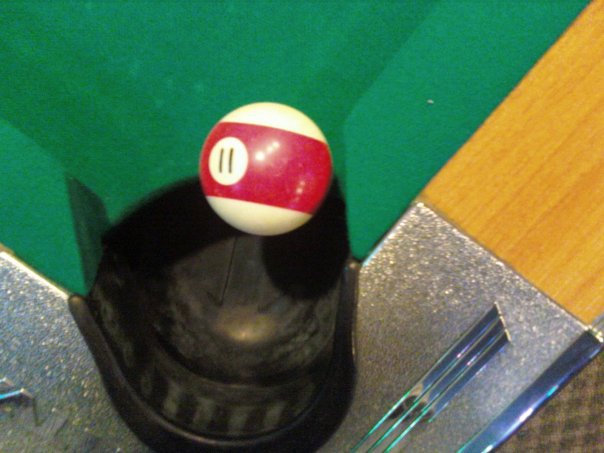
So close…This ball never went in the pocket.
Science is a discipline of failure. This concept is one that usually hits home during one of those late, late nights in the lab. Most days, most experiments, by definition, are failures. Continue reading “The Fabulous Failed Experiment”
The Overachiever’s Kryptonite a.k.a. The Migraine Headache
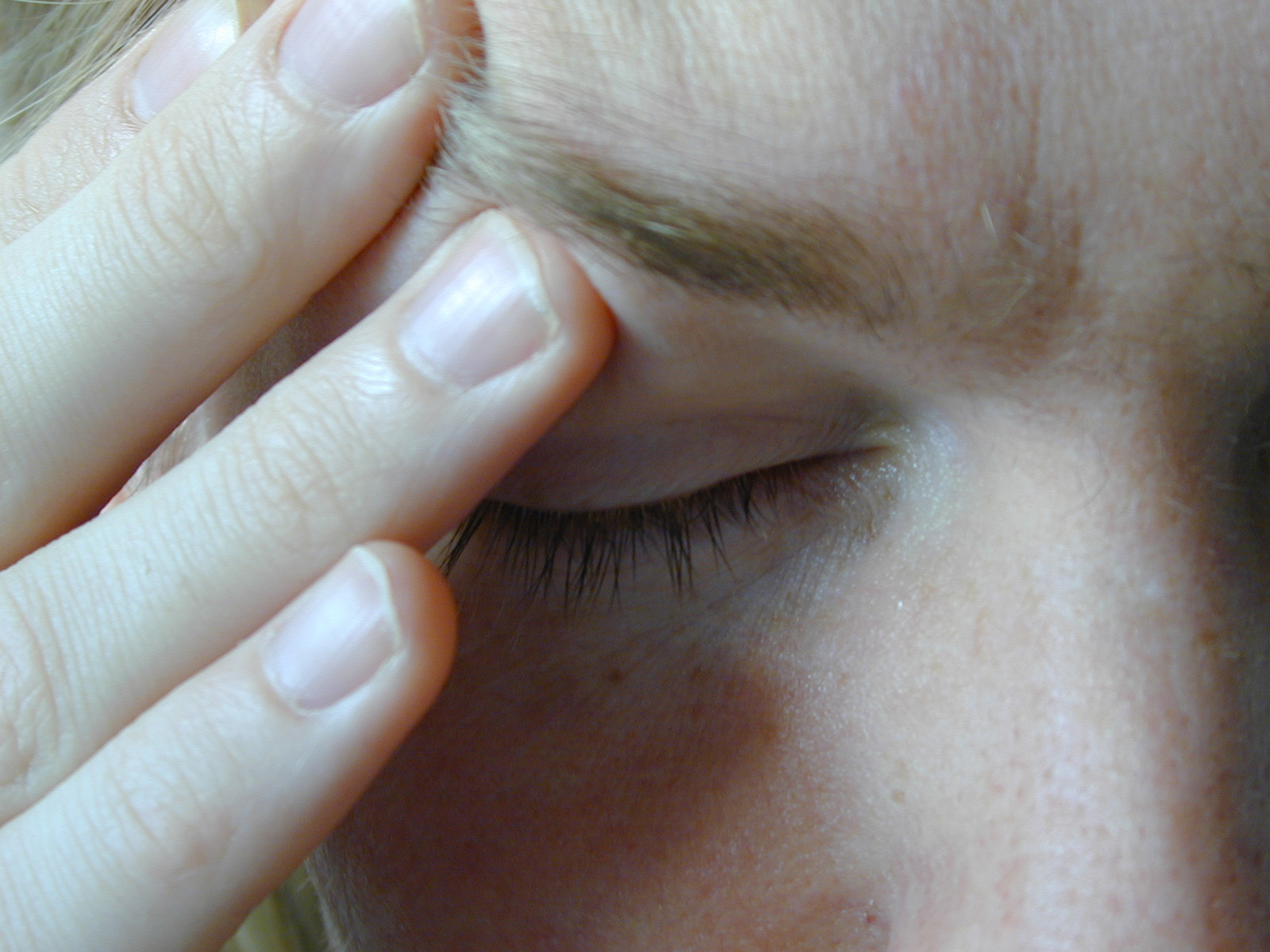 Sometimes I feel like a super hero: taking on several projects at once and testing my ability to multitask and schedule to accomplish all my goals on time with quality work. When I get on a roll, I feel like no one and nothing can stop me. Like any super hero, however, I have my Kryptonite: the migraine headache. When the migraine comes on, my progress is brought to a complete halt and I am powerless. Light becomes unbearable, sound becomes intolerable, and I feel like a hatchet has sliced through my cerebrum and is lodged in my skull. For years, I suffered from these headaches and felt totally helpless. When the migraine came on, all I could do was lay in a dark, silent room, sometimes for days, praying for relief, as no over-the-counter medication could touch the pain. Continue reading “The Overachiever’s Kryptonite a.k.a. The Migraine Headache”
Sometimes I feel like a super hero: taking on several projects at once and testing my ability to multitask and schedule to accomplish all my goals on time with quality work. When I get on a roll, I feel like no one and nothing can stop me. Like any super hero, however, I have my Kryptonite: the migraine headache. When the migraine comes on, my progress is brought to a complete halt and I am powerless. Light becomes unbearable, sound becomes intolerable, and I feel like a hatchet has sliced through my cerebrum and is lodged in my skull. For years, I suffered from these headaches and felt totally helpless. When the migraine came on, all I could do was lay in a dark, silent room, sometimes for days, praying for relief, as no over-the-counter medication could touch the pain. Continue reading “The Overachiever’s Kryptonite a.k.a. The Migraine Headache”
How Does Your Garden Grow? Why, Naturally, Of Course!
How does your garden grow? Well, normally, I would tell you that it doesn’t, not until late May anyway. But this year, the grass is green, the trees are flowering and the garden is already tilled in early April! Unseasonably warm temperatures come with questions: Is this global warming? The 2012 apocalypse? When can I start planting???
I fell in love with vegetable gardening about three years ago when a coworker brought in some extra seedlings. There is nothing like watching food grow up from a mere seed and then harvesting and eating! At Promega, we have some community garden space, which is great since my black walnut tree at home kills all my tomatoes. We are attempting to keep this garden space organic. As a new gardener, I am still learning what this means, so I thought I would share some of my new-found information.
Continue reading “How Does Your Garden Grow? Why, Naturally, Of Course!”

